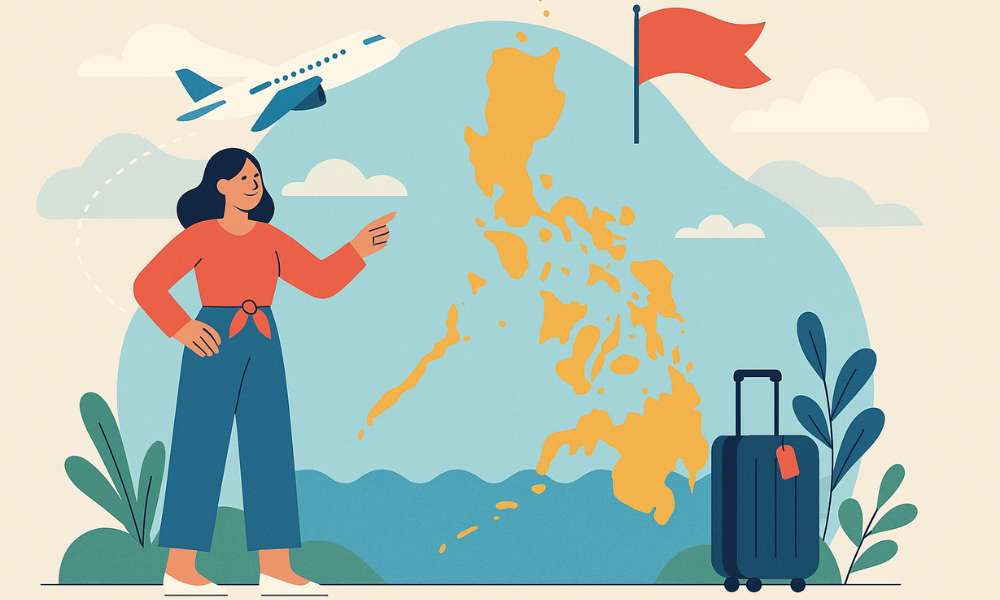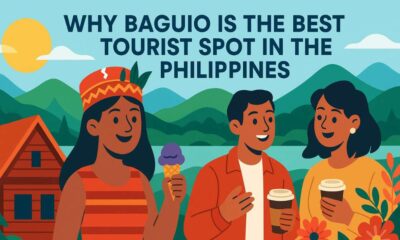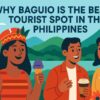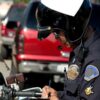The Philippines: A Vibrant Archipelago of Culture, Nature, and History
Welcome to the Philippines
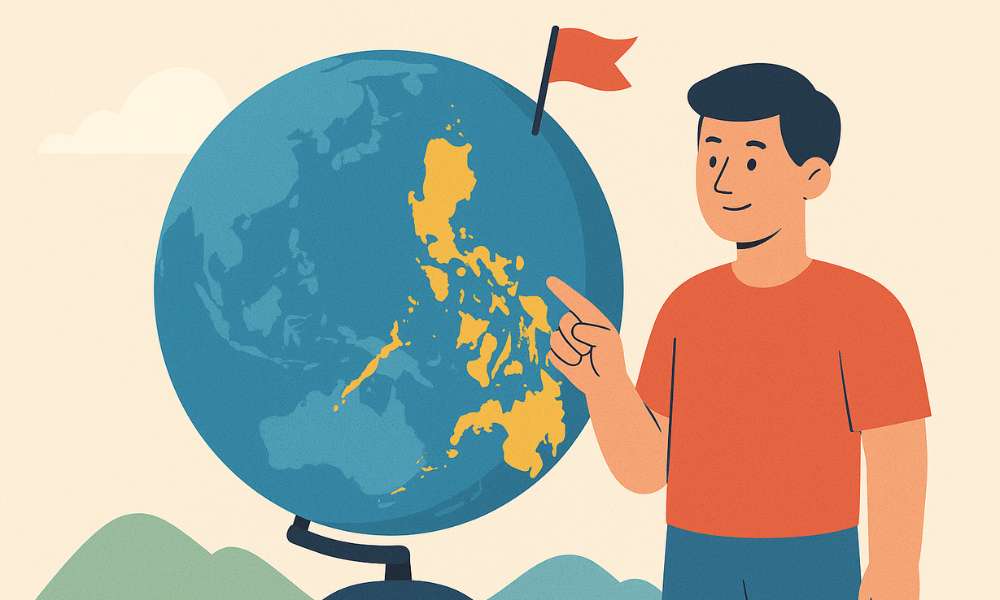
The Philippines is a captivating archipelagic nation located in Southeast Asia, made up of 7,641 islands grouped into three major regions: Luzon, Visayas, and Mindanao. With a population exceeding 114 million, it is the 12th most populous country in the world.
The Philippines boasts a rich blend of culture, nature, and history, shaped by centuries of trade, colonization, and migration. From pristine beaches to bustling cities, it offers travelers and locals alike a unique fusion of Eastern tradition and Western influence.
Geographic and Demographic Overview
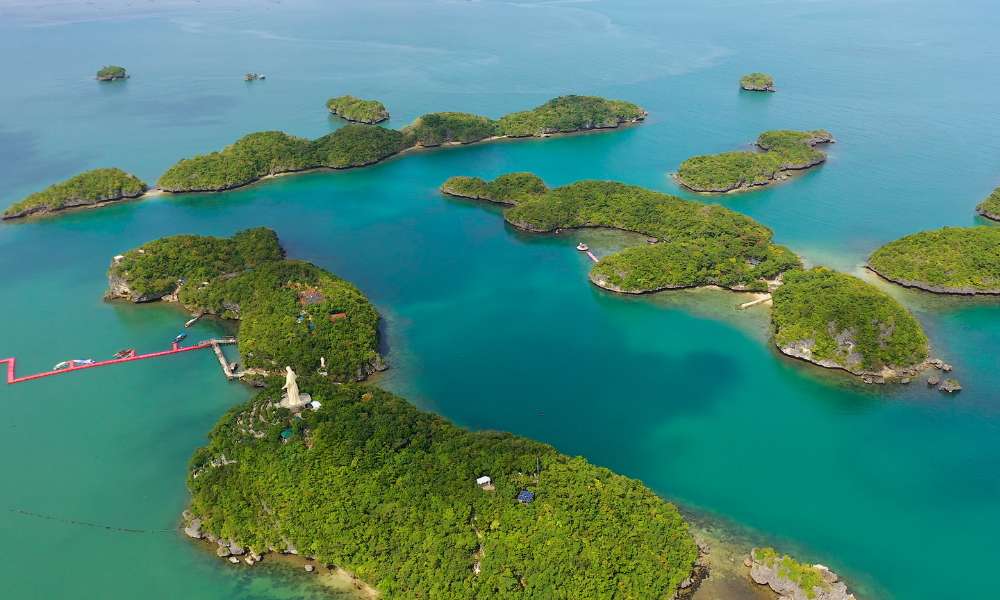
Location and Topography
Strategically situated in the western Pacific Ocean, the Philippines is bordered by the South China Sea to the west, the Philippine Sea to the east, and the Celebes Sea to the south.
Its geography is as varied as its culture, featuring mountain ranges, rolling plains, active volcanoes like Mayon and Taal, and over 36,000 kilometers of coastline. The country lies along the Pacific Ring of Fire, making it prone to earthquakes and volcanic activity, but also contributing to its rich natural resources.
Major Islands and Regions
- Luzon: The largest and most populous island group, home to the capital, Manila, and major economic zones.
- Visayas: A cluster of islands known for their stunning beaches, historical landmarks, and vibrant festivals.
- Mindanao: The second-largest island group, blessed with fertile lands, diverse cultures, and rich mineral deposits.
Population and Urban Centers
The population is incredibly diverse, composed of various ethnolinguistic groups. Metro Manila, located in Luzon, serves as the national capital region and includes cities like Manila, Quezon City, and Makati. Other significant urban hubs include Cebu City in the Visayas and Davao City in Mindanao.
Historical Context
Pre-Colonial Period
Long before the Spanish arrived, the Philippines was a thriving hub of trade and culture. Indigenous tribes traded with neighboring Asian nations like China, India, and the Malay Archipelago. Early societies were organized into barangays, small communities led by a datu (chief).
Colonial Era
- Spanish Period (1521-1898): Portuguese explorer Ferdinand Magellan arrived in 1521, initiating over 300 years of Spanish rule. The Spaniards introduced Christianity, built churches and fortresses, and influenced Filipino customs, food, and language.
- American Period (1898-1946): After the Spanish-American War, the U.S. gained control of the Philippines. English became the medium of instruction, and democratic institutions were established.
Post-Independence
The Philippines gained full independence on July 4, 1946. The post-war era was marked by rebuilding efforts, political challenges, and economic development. Today, the country continues to evolve as a dynamic democracy in Asia.
Cultural Heritage
Languages
The Philippines is linguistically rich, with over 170 languages spoken across the islands. Filipino (based on Tagalog) and English are the official languages, used in government, education, and media. Regional languages like Cebuano, Ilocano, Hiligaynon, and Waray reflect the nation’s diversity.
Religions
Around 80% of the population is Roman Catholic, a legacy of Spanish colonization. Islam is practiced predominantly in Mindanao, while other Christian denominations and indigenous beliefs also exist.
Festivals and Traditions
The Philippines is known for its vibrant festivals, often rooted in religious traditions:
- Sinulog (Cebu): Celebrates the Sto. Niño with parades and street dancing.
- Ati-Atihan (Aklan): Honors the Ati people and Sto. Niño.
- Pahiyas (Quezon): A harvest festival featuring colorful displays of local produce.
Traditional dances like Tinikling and Singkil showcase indigenous creativity and are performed during national celebrations and cultural showcases.
Cuisine
Filipino food is a flavorful blend of indigenous, Spanish, Chinese, and American influences. Must-try dishes include:
- Adobo: Meat marinated in vinegar, soy sauce, garlic, and spices.
- Sinigang: A sour tamarind-based soup.
- Lechon: Whole roasted pig, often served during feasts and holidays.
- Kare-Kare: A peanut-based oxtail stew.
Natural Wonders and Biodiversity
Flora and Fauna
The Philippines is one of the world’s 17 megadiverse countries. Endemic species include the Philippine eagle, tarsier, and tamaraw. Its lush forests and marine sanctuaries are crucial for global biodiversity.
Natural Attractions
- Beaches: Boracay’s white sands, Palawan’s limestone cliffs, and Siargao’s surf waves attract tourists year-round.
- Mountains and Volcanoes: Hiking Mount Apo (the highest peak) or marveling at Mayon Volcano’s perfect cone are bucket-list experiences.
- Marine Life: The Tubbataha Reefs Natural Park, a UNESCO World Heritage Site, offers unmatched scuba diving opportunities.
Tourism and Economy
Tourism Industry
The Department of Tourism promotes the Philippines as “More Fun in the Philippines.” Tourism significantly contributes to GDP and employment. The country offers diverse experiences—adventure, ecotourism, cultural heritage, and culinary tours.
Economic Sectors
- Agriculture: Key products include rice, coconut, mangoes, and sugarcane.
- Services: The Business Process Outsourcing (BPO) industry is a major employer and revenue generator.
- Remittances: Millions of Overseas Filipino Workers (OFWs) send remittances that bolster the economy.
- Manufacturing: Exports include electronics, garments, and automotive parts.
Government and Infrastructure
Political Structure
The Philippines operates as a unitary presidential constitutional republic. The President serves as both head of state and government, elected every six years. The legislature is bicameral, composed of the Senate and the House of Representatives.
Administrative Divisions
The country is divided into 82 provinces, 17 regions, and the National Capital Region (NCR). Each region has its own governance structure to manage resources and development projects.
Infrastructure Development
Infrastructure projects under the “Build, Build, Build” program aim to modernize roads, airports, railways, and digital connectivity. These improvements are vital for attracting investment and boosting tourism.
Challenges and Opportunities
Environmental Concerns
Rapid urbanization, deforestation, and plastic pollution threaten natural habitats. Climate change also increases the frequency of typhoons and rising sea levels.
Socio-Economic Issues
Despite economic growth, poverty and inequality persist. Government programs focus on inclusive growth, improved healthcare, and accessible education.
Prospects
With a young, tech-savvy population and strategic location, the Philippines is well-positioned for economic innovation and regional leadership.
Frequently Asked Questions (FAQs)
What languages are spoken in the Philippines?
The Philippines has over 170 languages. Filipino and English are the official languages, while Cebuano, Ilocano, Hiligaynon, Waray, and others are widely spoken regionally.
What is the best time to visit the Philippines?
The dry season, from November to April, is ideal for travel. This period offers sunny weather perfect for beach trips, festivals, and outdoor adventures.
Is the Philippines safe for tourists?
Most tourist areas in the Philippines are safe. Exercise normal precautions and stay informed through travel advisories. Locals are known for their hospitality and warmth.
I’m Louie — an entrepreneur, content creator, and blogger on a mission to turn personal research into helpful, real-world insights. I write to empower everyday Filipinos with practical tips, especially around making money online. When I’m not chasing the next big idea, you’ll find me with a strong cup of coffee and an even stronger curiosity. Follow my journey at louiesison.me, where I explore legit online income opportunities in the Philippines.

